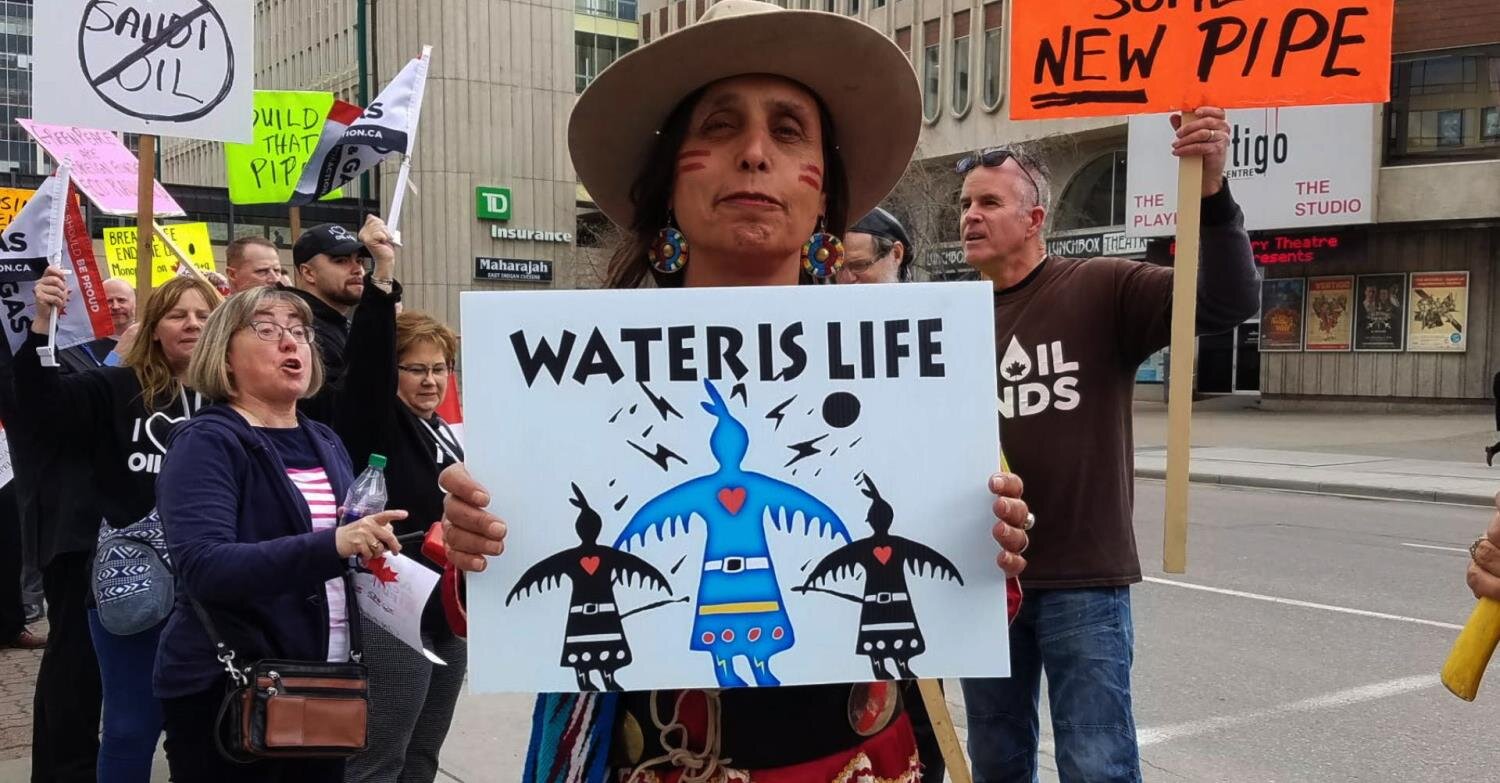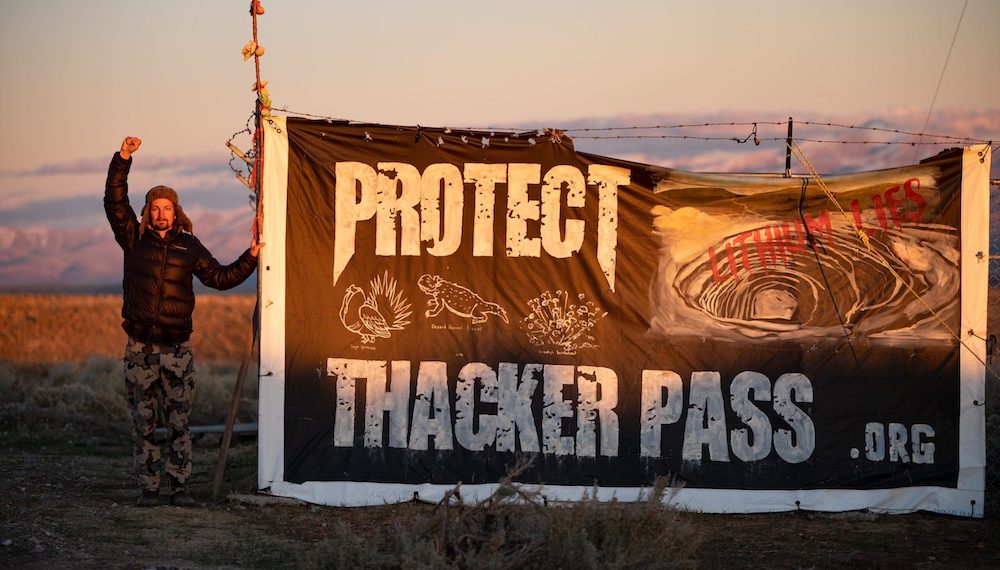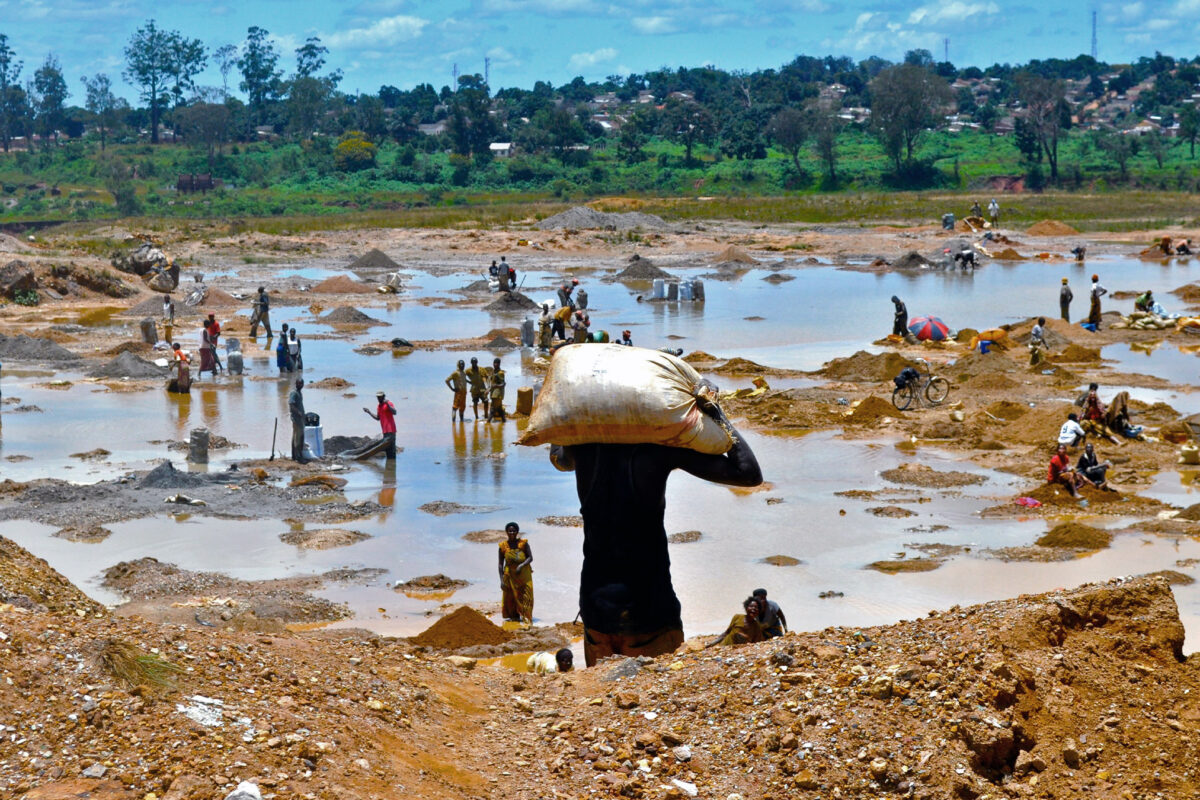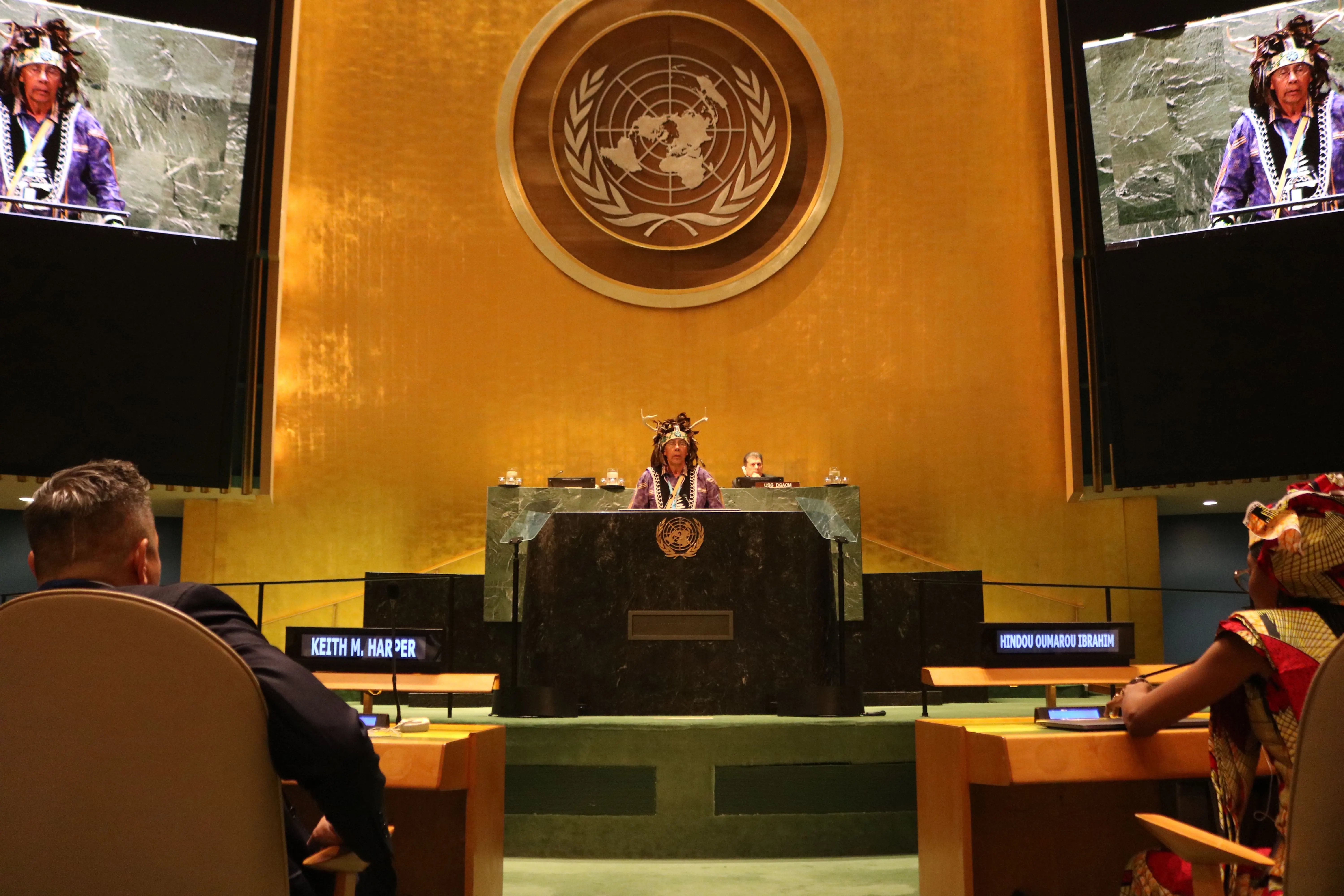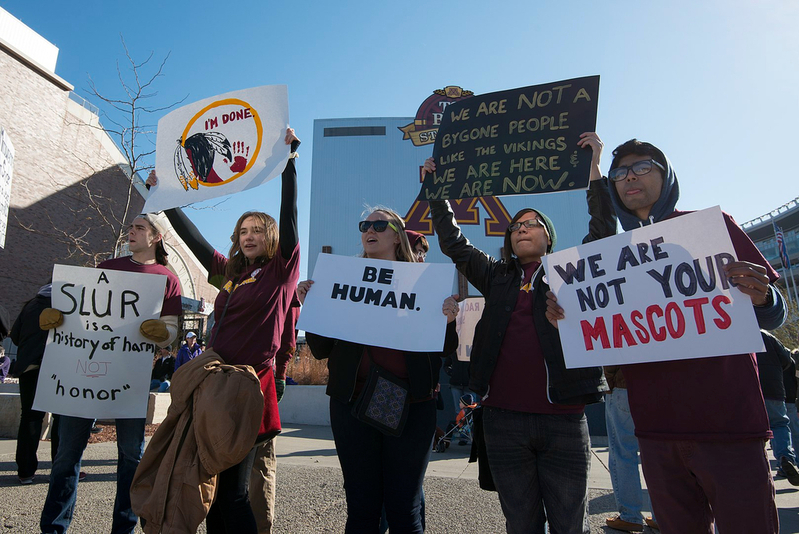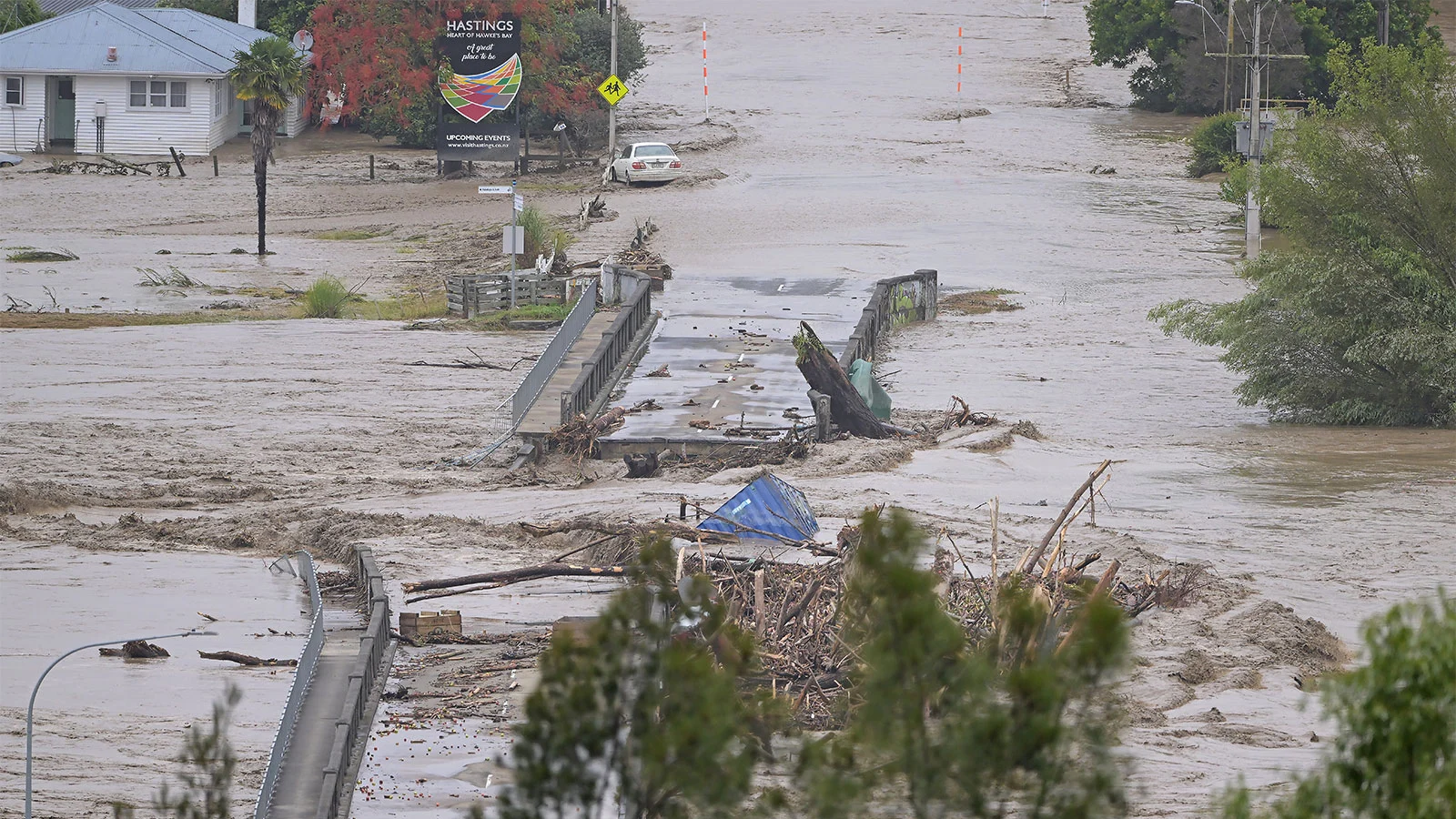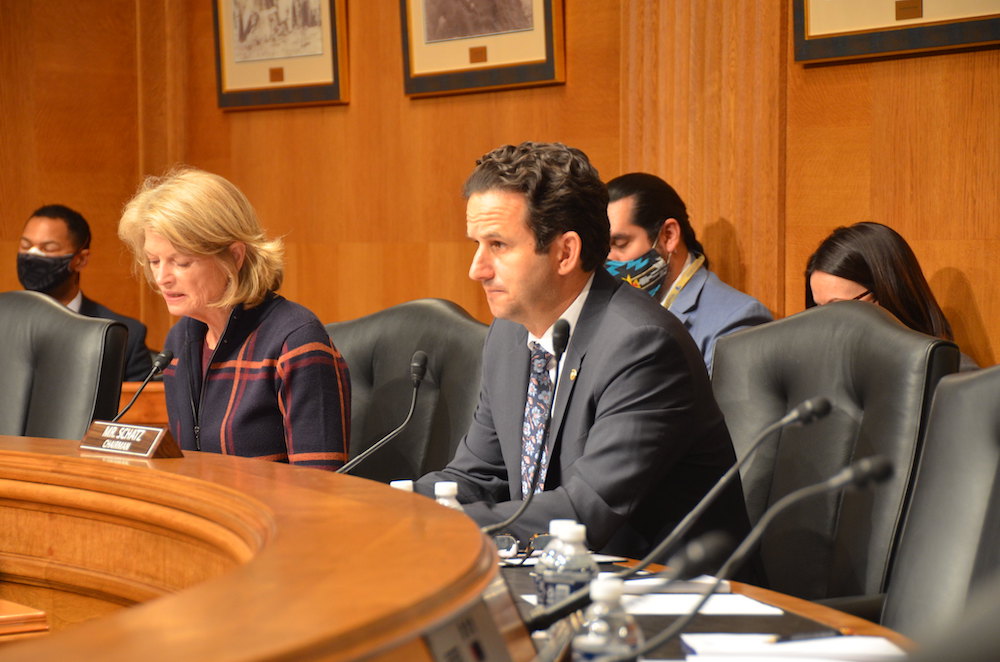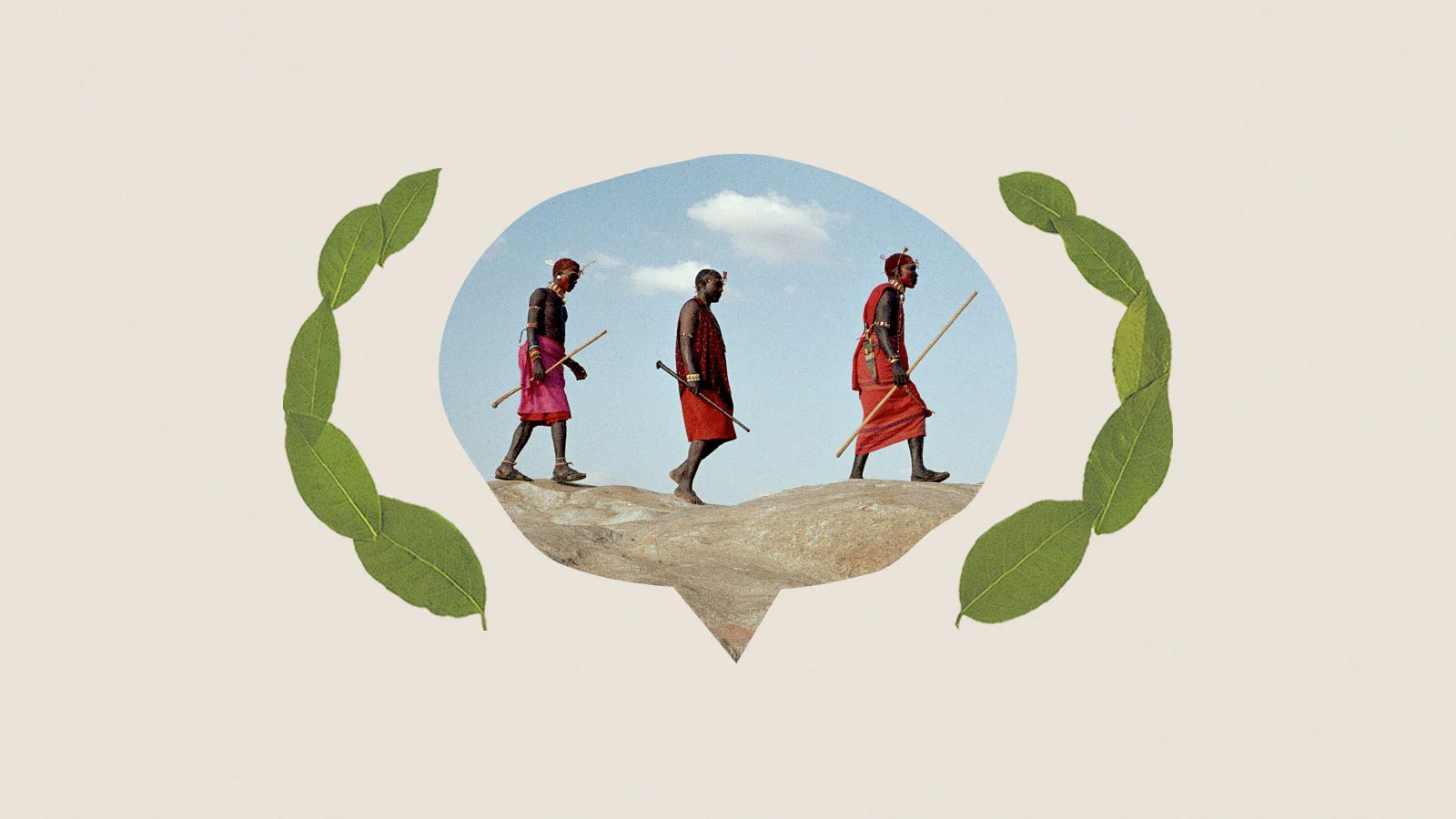ALL CAPITALI$M IS STATE CAPITALI$M
Yoon joined by chaebol leaders on US trip amid concerns of protectionismBy Jo He-rim
Published : Apr 23, 2023
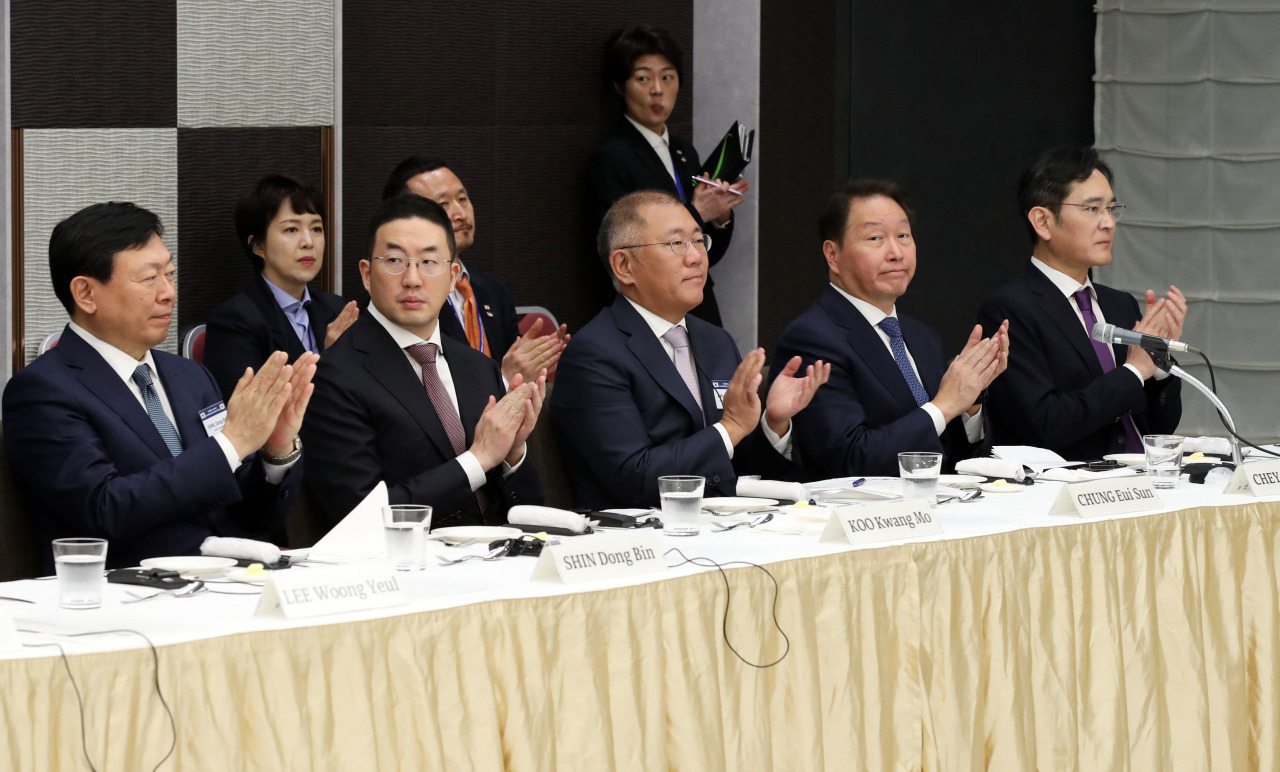
From left: Lotte Group Chairman Shin Dong-bin, LG Group Chairman Koo Kwang-mo, Hyundai Motor Group Executive Chair Chung Euisun, SK Group Chairman Chey Tae-won and Samsung Electronics Executive Chairman Lee Jae-yong attend a Korea-Japan business roundtable held in Tokyo on March 17 upon President Yoon Suk Yeol's summit there with his Japanese counterpart Fumio Kishida. (Yonhap)
South Korea’s top conglomerate chiefs are heading to the US this week to accompany President Yoon Suk Yeol on his state visit, hoping to find a breakthrough in business uncertainties surrounding increasingly protectionist policies in the all-important market.
Taking his biggest economic delegation to date in his weeklong state visit to the US from Monday, Yoon is expected to relay the difficulties Korean companies face with the US' introduction of the CHIPS and Science Act and Inflation Reduction Act, while also stressing the need to cooperate in advanced technology.
“The economic delegation plans to make tangible results in summit diplomacy centered on the economy, together with South Korea’s No. 1 salesperson, the president,” said Choi Sang-mok, senior presidential aide for economic affairs.
The economic delegation is the biggest in size for Yoon, involving the chiefs of 122 Korean companies, according to the Federation of Korean Industries.
It is also the first time for the chiefs of the country’s top five conglomerate groups -- Samsung Electronics Chairman Lee Jae-yong, SK Group Chairman Chey Tae-won, Hyundai Motor Group Chairman Chung Eui-sun, LG Group Chairman Koo Kwang-mo and Lotte Group Chairman Shin Dong-bin -- and all six economic organizations to accompany a presidential trip.
One of the main agenda items of the state visit is expected to focus on the uncertainties the US protectionist policies have created for Korean companies.
“Korean conglomerate chiefs are expected to address various pending issues that come in the way of their business operations in the US,” an industry official said under the condition of anonymity, explaining that Samsung and SK would likely focus on the US’ CHIPS Act and Hyundai on the IRA.
In summits and other bilateral meetings from encounters with the US President Joe Biden in international events, Yoon has relayed the industrial concerns to the US government to create favorable exceptions for Korean companies, a presidential official said under condition of anonymity.
But Korean businesses feel the US government should be able to make more adjustments, since they are making some tens of billions of dollars investments to the US, industry officials here say. This week's US trip, therefore, would provide the business leaders the opportunity to directly consult with the US on their concerns.
South Korea's chip industry, led by the world's top memory chip makers, Samsung Electronics and SK hynix, has been feeling the pressure caused by the US' CHIPS Act, which was initially intended to attract foreign investment to boost the US’ semiconductor industry.
Introducing a chips support program, the US has required global chipmakers to share with them sensitive business information and excess profit in order to receive the subsidies deemed critical for operation on US soil.
With the intention to foster competitive edge in the chips industry, especially against its strategic rival China, the support program also limits the subsidy recipients from expanding production volume and investment in any "country of concern" – among which China is included -- for a decade, posing burdens for chipmakers that have production facilities in China.
Samsung, the world's top memory chip maker, has reportedly submitted an application for the US chips subsidy program. It is currently building a foundry plant in Taylor, Texas. SK hynix is also currently searching for a site for its planned $15 billion advanced chip packaging plant in the US, the company’s first production facility there.
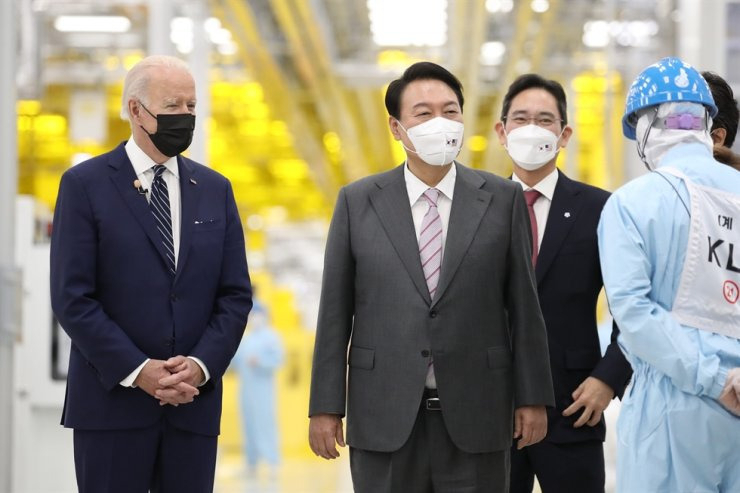
US President Joe Biden (left) and President Yoon Suk Yeol (center) take a look around Samsung Electronics' semiconductor factory in Pyeongtaek, Gyeonggi Province, under the guidance of Samsung Vice Chairman Lee Jae-yong on May 20, 2022. (Yonhap)
Hyundai Motor Group will likely address its stance over the IRA, which excludes its automotive brands, Hyundai and Kia, from the tax credits available for electric vehicles sold in the US due to its protectionist production requirements.
The Korean EV maker, which produces its vehicles in Korea, was left out of the list of the total 16 EV models the US announced as eligible for consumer tax credits of up to $7,500 per unit sold.
Hyundai is speeding up the construction of its EV manufacturing plant in Georgia -- slated to be operational by the end of 2024.
While worries mounted that the Korean automaker would likely see a drastic drop in US sales following the IRA legislation, the presidential office asserted that its diplomatic efforts have led for the US government to offer subsidies for EVs on lease and rentals, securing a meaningful number of sales for Hyundai.
"As the result (of the diplomatic efforts), Hyundai's US sales has been increasing since August last year. For instance, the number of EVs exported to the US in the August was 5,500 units, and the figure increased to 14,400 units in March this year," Choi, the senior presidential secretary told reporters.
In the summit with the US president slated on Wednesday, Yoon is expected to address the overall direction of the two countries’ bilateral cooperation in advanced technology, as well as sensitive issues related to the US' policies, the official added.
Eyes are also on whether Korean companies will announce additional investment plans in the US.
Hyundai Motor is joining hands with two Korean battery makers, LG Energy Solution and SK On, to build EV battery plants in the US, with investments totaling 7 trillion won ($5.3 billion).
Samsung had also announced the investment plan of $17 billion to build the Taylor foundry when Biden visited Seoul in May last year.
Meanwhile, heads of the top Korean conglomerates are also expected to meet with their industry counterparts during their US trip.
Samsung's Lee Jae-yong, making his first business trip to the US since he became the chairman in November last year, may stay longer in the US after the official conclusion of the delegation’s trip on Sunday. His next trial date in Korea over the 2015 merger of two Samsung affiliates is set on May 26.
Lee is reportedly planning to meet with Apple CEO Tim Cook and Google CEO Sundar Pichai, traveling to Silicon Valley in California in the later part of his US trip.
By Jo He-rim (herim@heraldcorp.com)
